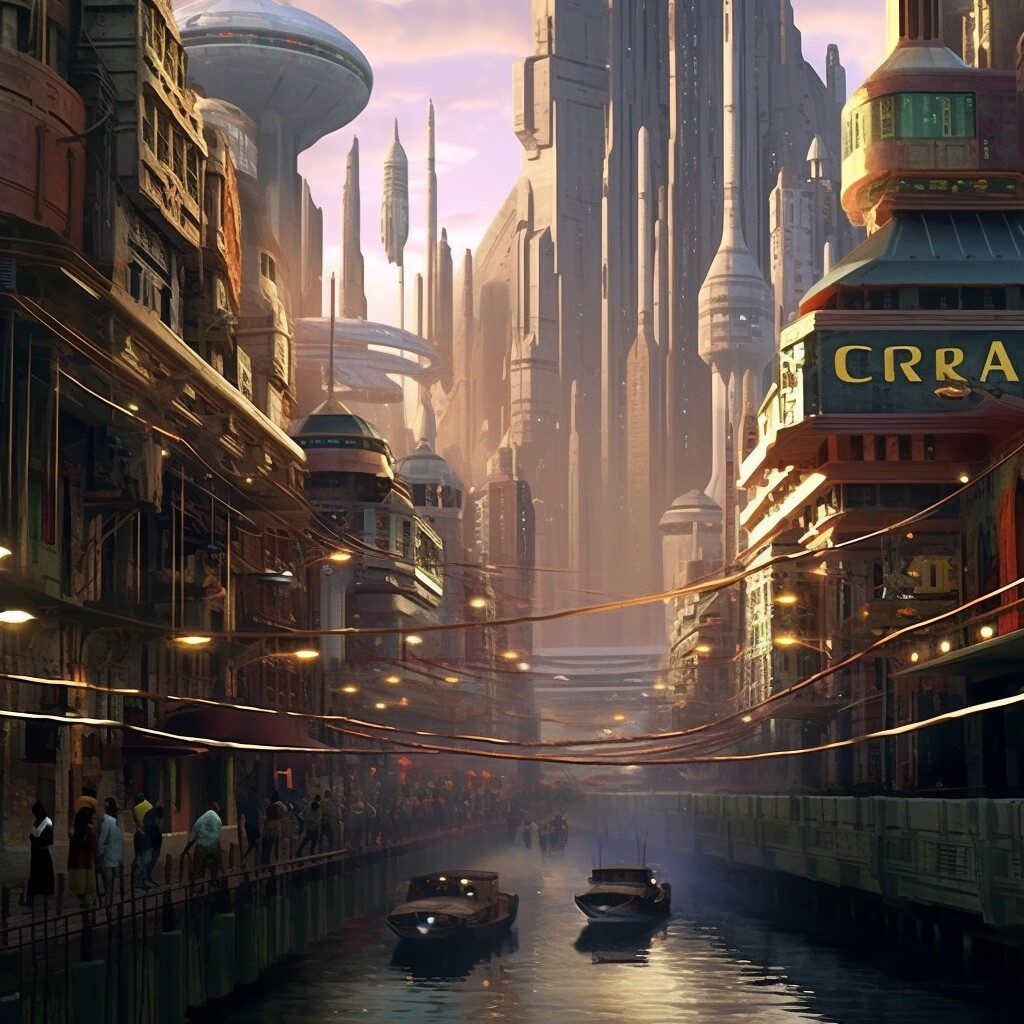How large would an extraterrestrial city have to be for current telescopes to see it? Would it need to be a planet-sized metropolis like Star Wars’ Coruscant? Or could we see an alien equivalent of Earth’s own largest urban areas, like New York City or Tokyo?
A recent preprint by Bhavesh Jaiswal of the Indian Institute of Science suggests that, in fact, we could see cities a mere fraction of that size, using a feature of light known as specular reflection.
Much of the theoretical musings that experts have put into detecting alien techno-signatures have imagined finding large-scale megastructures well beyond current human capabilities, like Dyson spheres or massive orbital rings. These would be akin to enormous solar system spanning neon signs saying ‘intelligent life is here’! Nothing of the sort has ever been found.
But we’ve recently entered an era in which it is possible to directly image exoplanets themselves, opening up opportunities to search for intelligent life in the Universe on more modest scales.
The light of a star tends to drown out the planets orbiting it, making exoplanets hard to discover, let alone study. This is why most of the exoplanets discovered so far have been found around dim red dwarf stars, which are not as blinding to telescopes as yellow stars like our sun. The exoplanets that we have managed to find – well over 5000 of them now – are so far away and so dim that when photographed, the images are barely a pixel in size.
Luckily, we can learn a lot from one pixel. Spectroscopy, for example, can tell us about the composition of a planet’s atmosphere. And techniques for blocking or filtering out starlight have come a long way: direct imaging of exoplanets is only getting better.
But how could we see something even smaller, like a city?
Specular reflection may be the answer. This phenomenon occurs when light is directly reflected at an observer, rather than diffuse light that shines in all directions. Think of the sometimes-blinding glint off an ocean wave, or the bright flash of a sports car’s metallic body in the sunshine.

A reflective surface on a distant planet can give off a similar glint of light.
“Future efforts to directly image planets in reflected light are being strongly pursued for both space telescopes and for extremely large ground-based telescopes,” writes Jaiswal. The method will work for both red dwarfs and sun-like stars.
Of course, specular reflection depends a bit on luck – the light from the exoplanet’s star would have to bounce off the planet at exactly the right spot and the right angle to reach an observer here on Earth. And because of how specular reflection works, there is actually a limit on how large an area can reflect light toward an observer. You could not get a specular reflection off of the entirety of the globe-spanning fictional city of Coruscant: only the part of the megacity positioned exactly right to reflect light at Earth could be seen at any one time.
On an Earth-sized world, the maximum area that could cause detectable specular reflection is about 5.4 parts per million of the whole planet, working out to a region with an area of ~2800 kilometers squared. That’s fairly small, only about one-sixth of the New York-New Jersey-Conneticut Metro Region, for example. It’s the size of a more common, modest Earthling city.
Because there is a size limit, the visibility of specular reflection relies much more on the materials used in such a city or megastructure. A low reflectivity substance like glass, for example, would cause a noticeable, but very faint peak in brightness, while an aluminum structure would shine several times more brightly than the whole planet.
There are several additional factors that could increase the chance of a detection via specular reflection. A slower-spinning planet would allow a reflection to be visible for longer periods of time. Similarly, a structure or city that is longitudinally wide would allow it to remain visible for longer as the planet turns.
Astronomers would also have to get very lucky with the alignment of the planet’s axis. Only structures at certain latitudes would reflect towards the observer, though a planet with an axial tilt, like Earth, would allow observers to scan different latitudes as the planet progressed through its seasons.
While the chance of stumbling across an alien city remains unlikely (we don’t even know if they exist, after all), the technologies and capabilities required to make such a detection are very real, and they are available now.
So look up and wave. Maybe some extraterrestrial observer is watching the glint off your hometown too.
Or, maybe not.
Read the paper: Bhavesh Jaiswal, “Specular reflections from artificial surfaces as Technosignature.” ArXiv Preprint, June 2023.

